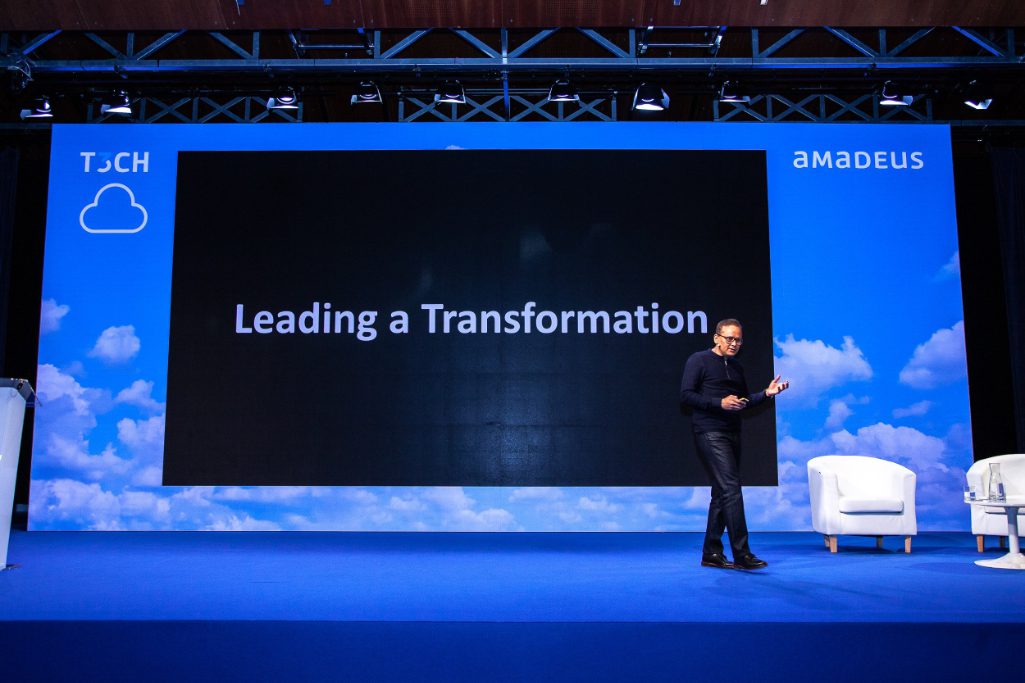Travel Tech Execs Take Shine Off Cloud Computing by Highlighting Hidden Perils

Skift Take
Executives from Expedia and other travel companies acknowledged at an Amadeus tech conference that cloud computing can lead to hidden waste. Mistakes include not monitoring costs and allowing internal strife to delay cross-department projects.
Moving travel company software to the cloud has proved tricky, some travel technology executives said this week in moments of candor. Absent strategic thinking, shifting systems from mainframe computers to public internet-based services from Amazon Web Services, Google Cloud, and Microsoft Azure can waste resources.
What to watch for? Carelessness about hidden costs, such as when engineers tap too much computing power to achieve a goal.
"Getting a team to internalize cloud economics is the most important thing," said Subbu Allamaraju, vice president of technology at Expedia Group when speaking Tuesday at Amadeus's T3CH conference in Madrid.
"If you go to the typical data center and ask how much your architecture costs, the answer is usually 'I don't know because I'm not paying the bill,'" said Allamaraju. "So we spend much time making sure every engineer at Expedia Group knows how much things are predicted to cost," Allamaraju said.
The executive bluntness is a counterweight to recent industry hype about cloud services.
Advertising campaigns have promoted the cloud's potential cost savings for companies as they switch from i

